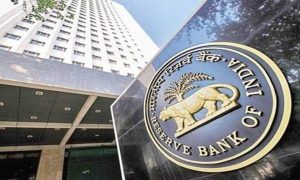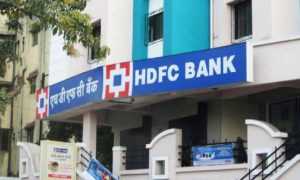New Delhi: The Reserve Bank of India (RBI) on Wednesday proposed to set up a central payment fraud registry, which will monitor digital payment frauds in real-time. The move is expected to boost customer confidence in the payments systems.
“In order to carry forward these efforts and ensure quick and systemic responses, it is proposed to facilitate the creation of a central payment fraud registry that will track these frauds,” RBI said.
At present, banks report all frauds in the system to the central fraud monitoring cell of the RBI.
“Payment system participants will be provided access to this registry for near-real time fraud monitoring. The aggregated fraud data will be published to educate customers on emerging risks,” the central bank said, adding that a detailed framework will be finalized by the end of October.
Risk monitoring and management involving fraudulent activities in digital payments is imperative, considering the massive growth of the industry, including infrastructure, volume and value of transactions.
According to an RBI report, instant payment systems such as immediate payment service (IMPS) and unified payments interface (UPI) are expected to have annual growth of over 100%, while national electronic funds transfer (NEFT) will witness 40% growth by 2021. Besides, the number of digital transactions is expected to increase fourfold to ₹8,707 crore by December 2021.
“It is a positive move. We had also suggested the idea of central fraud registry and publishing data on the kind of frauds observed in the industry so that there is a better understanding of the threats that the consumer must be exposed to,” Ashish Aggarwal, Public Policy head of National Association of Software and Services Companies (Nasscom) said.
“This will be two-way exchange of information that will build better intelligence as the companies will be able to strengthen their fraud prevention and the regulator will be able to take better enforcement action,” he said.
Earlier in the year, the Nandan Nilekani report on deepening digital payments and the RBI’s payment system Vision 2021 recommended a framework to collect data on the payments system. According to the RBI, to minimize instances of fraud and boost consumer confidence, there was a need to monitor the types of frauds across various payments systems.
“There is a need to share fraud-related data for payment systems. Such data can be used analytically for differentiating fraudulent and legitimate transactions; oversight and supervision, and also for providing guidelines to entities for minimizing risks for similar frauds,” the report said.
“The Reserve Bank would promote use of such analytics to proactively identify instances and aspire for prediction of frauds to help instant response and recovery actions, such as blocking irregular transactions, before the payment authorization. The fraud data will be used to influence regulatory decisions and for reducing the incidence and level of frauds in the payments ecospace,” it added.
According to Nilekani’s report, the RBI must ensure that once the fraud was traced to the source, the culprits are apprehended and prosecuted to the fullest extent of the law. Such cases also must be publicized to ensure that customers have confidence in the abilities of the bank to prosecute and future criminals are deterred, it added.
The report said that all payment transactions must be rated for fraud risk, and payment schemes could be allowed to reject high risk transactions, to use more factors of authentication before processing payments instructions.
The panel also called for a grievance redressal system that will make way for customers to report fraudulent transactions. “The resolution must include compensating customers for the fraud that they have suffered and report to the fraud registry,” it said.
For more updates: Like us on Facebook and follow us on Twitter & Instagram



































